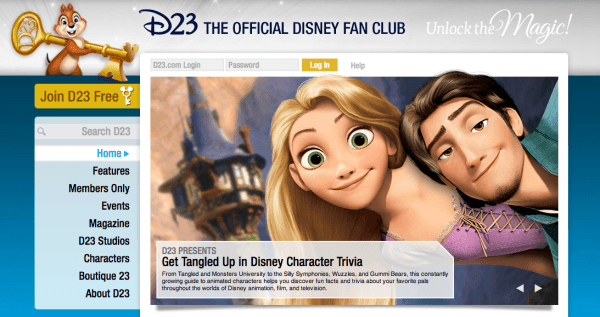 It used to be a different world
It used to be a different world
In the old days, when you created a membership website, your costs and your revenue were correlated. Let me explain that.
If you looked at your revenue model, you basically said something like – of the number of people who consider joining our membership site, X% will join. Then you would calculate the revenue from those customers and you'd have your revenue model.
Sure, it was a bit more complicated than that, but there was some simple math you could do.
Calculating membership site revenue
You could take your current member count. Then take your member count a year before that. Subtracting one from the other, you could calculate your attrition.
If you put that into a formula like 1/1-a (where a is your attrition), you could create a simple value for a “lifetime” for any customer. If your attrition was 50%, then it meant your lifetime was 2 years.
You could determine the revenue created by your typical customer over two years. You could call that your Customer Lifetime Value. And if you took your traffic, and the percentage that converted to customers, you could take that number and multiply it by your CLV and you'd have a revenue model.
Looking at your cost model
Now, to think about your costs (and here I'm not talking about your cost of acquisition), you could define the infrastructure (your web site) and needing to support your customer base plus some % of your prospect traffic.
You'd never build an infrastructure to support the height of your prospect traffic because then your cost of acquisition would skyrocket.
So you'd look over your customer base, look at growth and attrition, and calculate an overall rate of growth. If you were doing well, it would be in the double digits (at least).
Take your existing budget, increase it as your growth increased and you'd notice the correlation I was talking about. Your costs would be a portion (hopefully) of your revenue. Two lines, moving up and to the right – with revenue higher than costs.
That was then. This is now.
But memberships have changed. They've gone the way of every other Software as a Service (SaaS) – and have created a freemium model, even before thinking through the consequences.
I happen to know that Disney recently re-launched their D23 membership site last week. I read about it, and you can too, here. But it isn't just another membership site, because nothing Disney does is “just” anything.
You can imagine the traffic a site like that gets. If my brother is online, he makes up the first thousand hits himself.
But here's the thing: you can get access to this membership site for free.
Memberships sites now have non-correlated costs
I've written before about how membership sites can't leverage the same caching mechanisms that other web sites use, because there's often custom and dynamic content that is driven by the session and the user.
So you have to do some things in a more costly way, if you want a high-performing membership site. And that costs money.
But that money wasn't a big thing, when the costs were related to revenue-producing customers.
And customers is the key word. Because free membership folks aren't customers. They're members but still prospects.
And that's where we see asymmetrical and non-correlated revenue and cost models. Because you now have a membership site – and this goes for anyone who gives away free membership with custom, dynamic content inside the protected walls – that is costly to maintain. And you have it for folks that haven't decided to become customers yet.
All this suggests we need new membership site metrics
Given all of that, you can now see why I think we're going to start needing a new metric (or set of metrics) for members who aren't yet customers.
We're going to need to monitor behavior and determine how to know if conversion is quick or delayed.
I'm sure, in the case of D23 and other sites from major brands, that a decent percentage of folks register simply to make a purchase. After all, that's how I join hotel membership clubs. Until I'm booking a room, I don't get a membership. But when I'm about to, I go get an account.
But there must be others who sign up for accounts (like I once did for a car rental company I've never used, ever) and do nothing after that.
Those folks will cost you. And maybe, just maybe, if you can predict that they won't convert quickly, maybe you'll provide them a similar experience that isn't as costly. Maybe for them, you adjust expectations just a bit, in terms of design, so that it's not so costly to support them.
I'm sure the major brands won't do it. But for you and me, if we created and used a metric for “Member to Customer Conversion (MCC),” or a “Time to Purchase (TTP),” maybe we'd start thinking about the technical approaches we could take once we segmented our membership audiences.
At least I can dream. I'd love to hear your thoughts…
